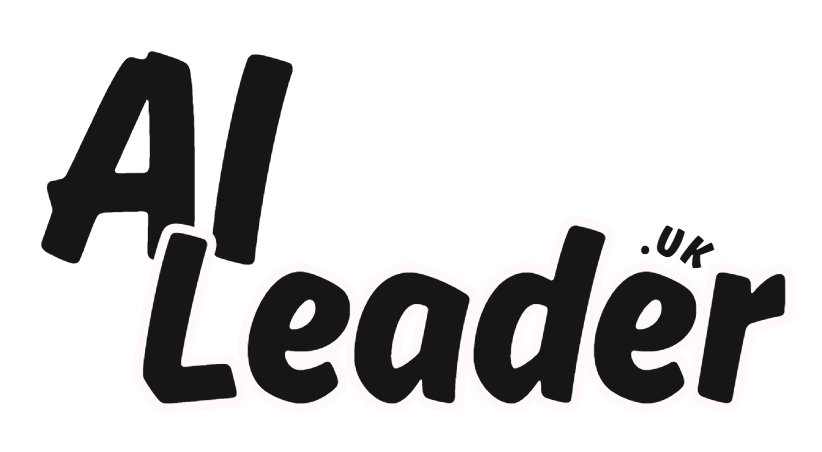This chapter defines AI as the capability of a machine to imitate intelligent human behavior. It explains that the recent resurgence of AI is due to a massive increase in data, a dramatic rise in computing power, and significant advancements in machine learning algorithms. It distinguishes between two major forms of AI: predictive and generative. Predictive AI analyzes historical data to forecast future outcomes, while generative AI creates new, original content like images and text by learning from existing data patterns. It highlights that the hype around AI stems from the ease with which these concepts can be applied.
Go to Reading This chapter provides a historical context for AI, noting its periods of enthusiasm and disillusionment, often called "AI winters". It explains that early AI efforts relied on symbolic logic and expert systems, which struggled with the complexity of the real world. The modern era is defined by machine learning, where systems learn from data, and deep learning, which uses multi-layered neural networks. The chapter cautions against overhyped expectations, noting that AI is often overused as a term and that current AI systems are still far from mimicking human qualities like empathy and morality. It also emphasizes that AI projects, like traditional software projects, require careful management and that failures are possible.
This chapter focuses on generative AI, highlighting tools like ChatGPT, Gemini, and Claude. These tools can generate human-like responses and perform knowledge-generating tasks. The chapter notes that generative AI is a disruptive development because it creates new and original content, moving AI from a tool that automates repetitive tasks to a partner in creative work. This has made AI relevant to a wider audience and provides a "wake-up call" about its capabilities. However, the chapter also raises concerns, such as a generative AI's inability to determine what is true or false, and the ethical challenges related to intellectual property and data privacy. It emphasizes the need for leaders to not only understand the capabilities of generative AI but also to establish clear guidelines for its responsible use.
Go to ReadingQuizzes are short tests or games designed to assess knowledge on a particular topic. They can be educational, entertaining, or both—helping people learn new facts, challenge themselves, and have fun along the way.
Answer. Lorem ipsum dolor sit amet, consectetur adipiscing elit. Curabitur id suscipit ex. Suspendisse rhoncus laoreet purus quis elementum. Phasellus sed efficitur dolor, et ultricies sapien. Quisque fringilla sit amet dolor commodo efficitur. Aliquam et sem odio. In ullamcorper nisi nunc, et molestie ipsum iaculis sit amet.
Answer. Lorem ipsum dolor sit amet, consectetur adipiscing elit. Curabitur id suscipit ex. Suspendisse rhoncus laoreet purus quis elementum. Phasellus sed efficitur dolor, et ultricies sapien. Quisque fringilla sit amet dolor commodo efficitur. Aliquam et sem odio. In ullamcorper nisi nunc, et molestie ipsum iaculis sit amet.
Answer. Lorem ipsum dolor sit amet, consectetur adipiscing elit. Curabitur id suscipit ex. Suspendisse rhoncus laoreet purus quis elementum. Phasellus sed efficitur dolor, et ultricies sapien. Quisque fringilla sit amet dolor commodo efficitur. Aliquam et sem odio. In ullamcorper nisi nunc, et molestie ipsum iaculis sit amet.
Answer. Lorem ipsum dolor sit amet, consectetur adipiscing elit. Curabitur id suscipit ex. Suspendisse rhoncus laoreet purus quis elementum. Phasellus sed efficitur dolor, et ultricies sapien. Quisque fringilla sit amet dolor commodo efficitur. Aliquam et sem odio. In ullamcorper nisi nunc, et molestie ipsum iaculis sit amet.
Answer. Lorem ipsum dolor sit amet, consectetur adipiscing elit. Curabitur id suscipit ex. Suspendisse rhoncus laoreet purus quis elementum. Phasellus sed efficitur dolor, et ultricies sapien. Quisque fringilla sit amet dolor commodo efficitur. Aliquam et sem odio. In ullamcorper nisi nunc, et molestie ipsum iaculis sit amet.
Answer. Lorem ipsum dolor sit amet, consectetur adipiscing elit. Curabitur id suscipit ex. Suspendisse rhoncus laoreet purus quis elementum. Phasellus sed efficitur dolor, et ultricies sapien. Quisque fringilla sit amet dolor commodo efficitur. Aliquam et sem odio. In ullamcorper nisi nunc, et molestie ipsum iaculis sit amet.
Answer. Lorem ipsum dolor sit amet, consectetur adipiscing elit. Curabitur id suscipit ex. Suspendisse rhoncus laoreet purus quis elementum. Phasellus sed efficitur dolor, et ultricies sapien. Quisque fringilla sit amet dolor commodo efficitur. Aliquam et sem odio. In ullamcorper nisi nunc, et molestie ipsum iaculis sit amet.
Answer. Lorem ipsum dolor sit amet, consectetur adipiscing elit. Curabitur id suscipit ex. Suspendisse rhoncus laoreet purus quis elementum. Phasellus sed efficitur dolor, et ultricies sapien. Quisque fringilla sit amet dolor commodo efficitur. Aliquam et sem odio. In ullamcorper nisi nunc, et molestie ipsum iaculis sit amet.
Answer. Lorem ipsum dolor sit amet, consectetur adipiscing elit. Curabitur id suscipit ex. Suspendisse rhoncus laoreet purus quis elementum. Phasellus sed efficitur dolor, et ultricies sapien. Quisque fringilla sit amet dolor commodo efficitur. Aliquam et sem odio. In ullamcorper nisi nunc, et molestie ipsum iaculis sit amet.
